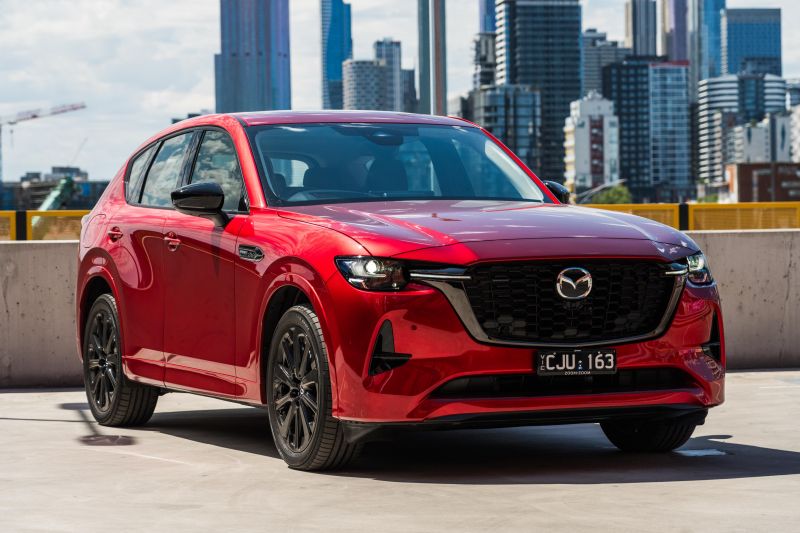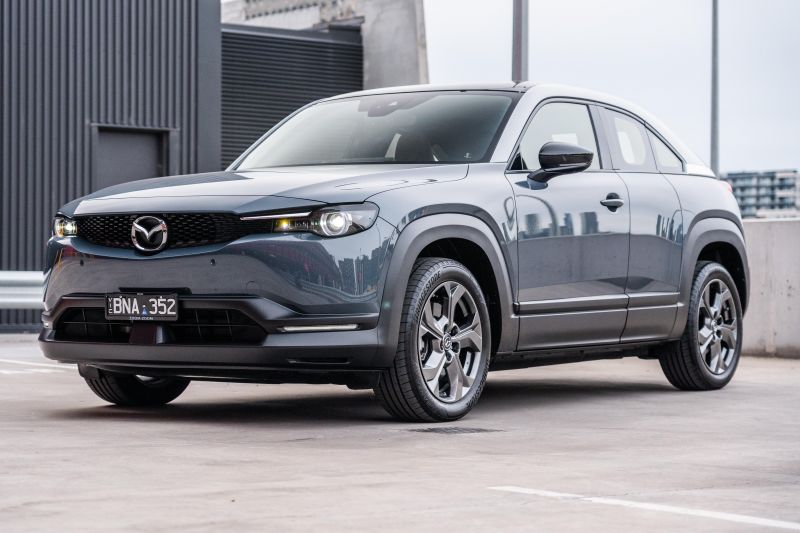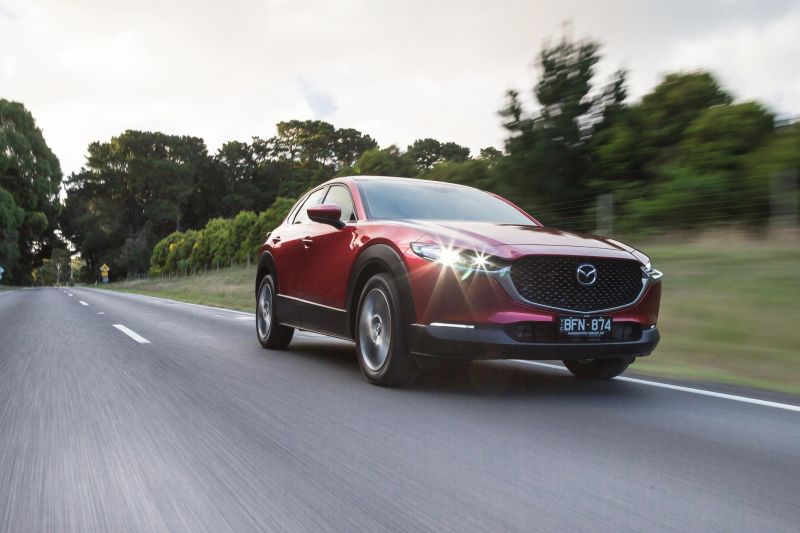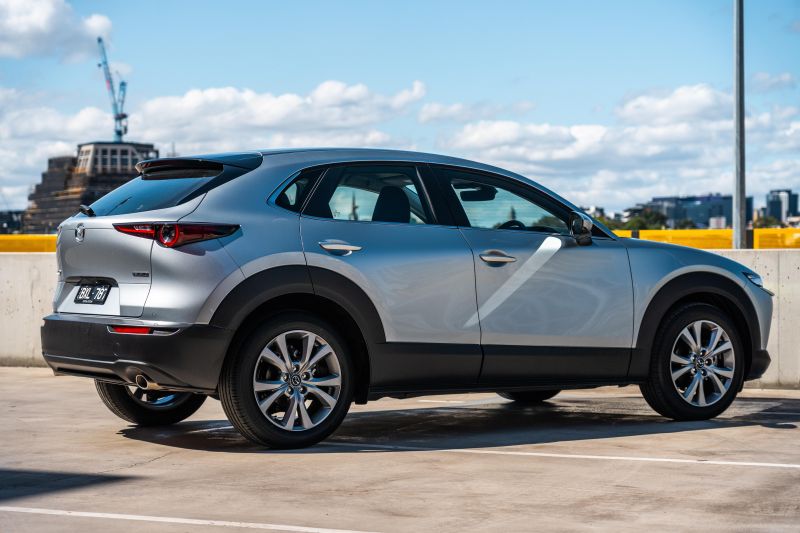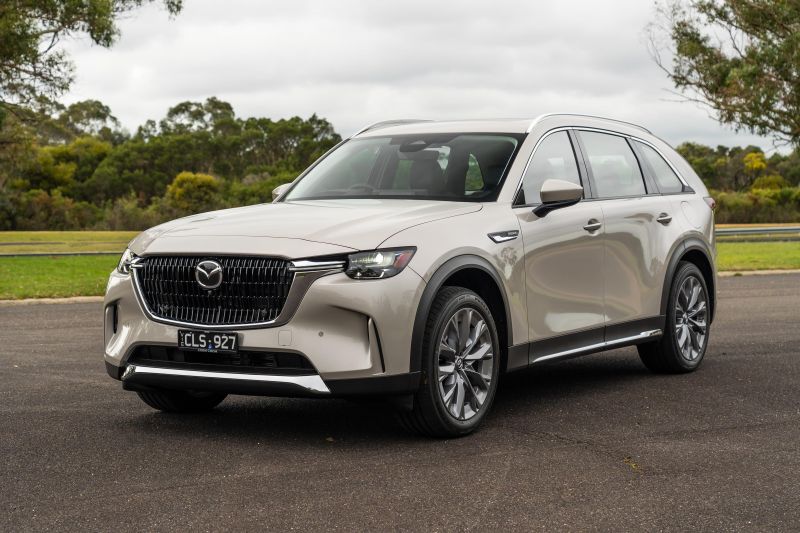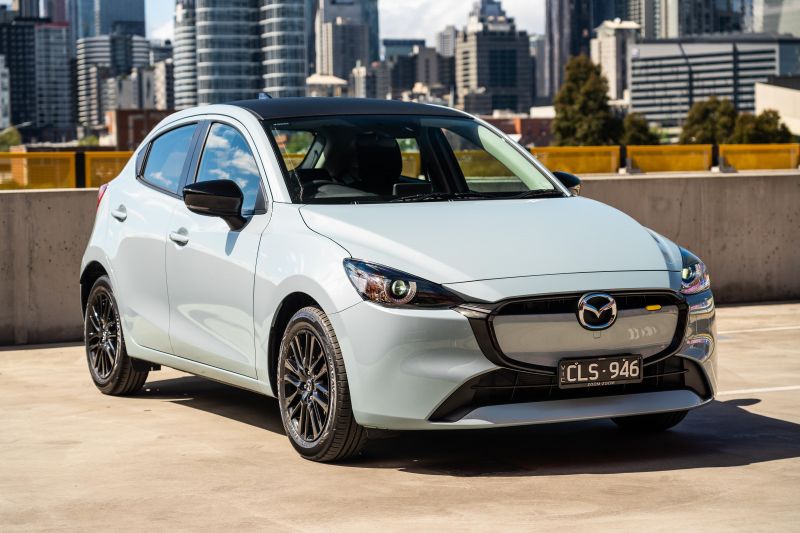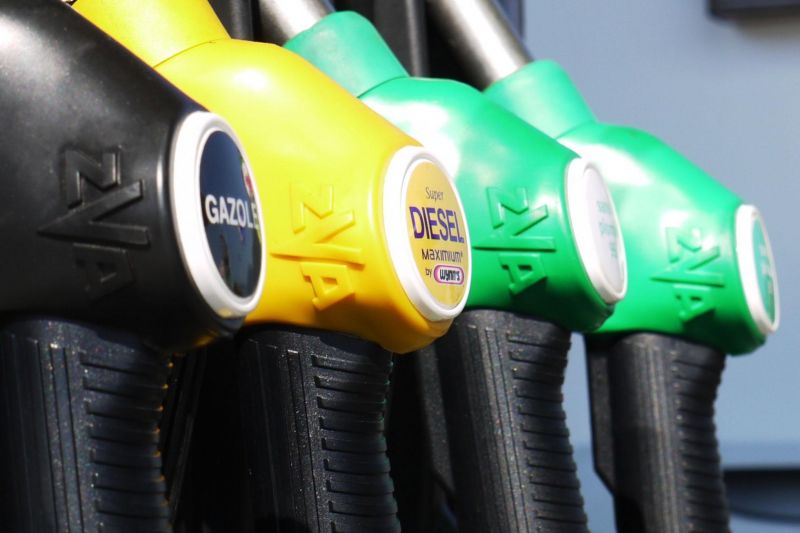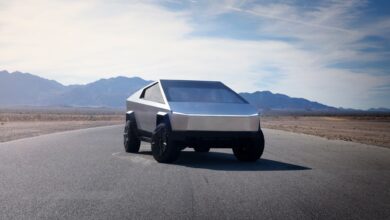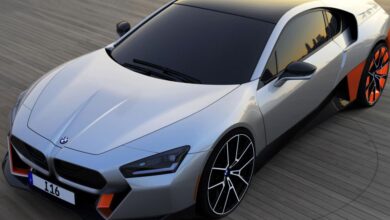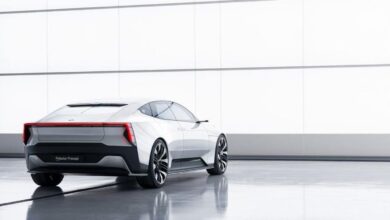Mazda pumps the brakes on Australian efficiency standards, calls for subsidies
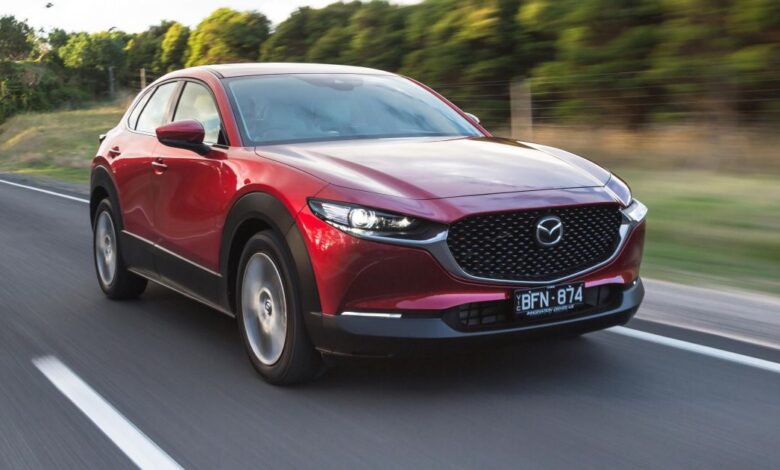
Australia’s second best-selling car brand wants the Federal Government to delay rules designed to cut emissions from new cars, and is calling for subsidies for more environmentally friendly vehicles.
The New Vehicle Efficiency Standard (NVES) would see carmakers given targets for average CO2 emissions per kilometre across their vehicle fleets, which would become stricter over time.
“The preferred option is very ambitious, in terms of timeline, but also it has a mechanism of putting fines in the system that’s collected from the OEMs,” said Mazda Australia managing director Vinesh Bhindi.
“But obviously this will get passed onto the price of vehicles in one form or another without being a direct tax or charge or levy.
“Our opposition is that I think the timeframe is too ambitious, and secondly maybe the government hasn’t really educated themselves on the costs that would go to the consumer in this big ambition they have shared with us.”
He noted the absence of subsidies in the government’s plan, pointing to the US$7500 federal tax credit offered by the US Government to new electric vehicle (EV) buyers as an example of what may be necessary.
“Many of the markets have put significant subsidies [in line with their efficiency standards], which means the subsidies are disguising the cost bump,” said Mr Bhindi.
“I think that’s one of the biggest weaknesses of this plan, there is no talk of consumer incentives … consumer incentives to accelerate this transition is something that needs to be put to the table, if the ambition is to do it quickly.”
He didn’t note whether such incentives should exclusively cover electric cars – of which Mazda Australia currently has none – or plug-in hybrids, which it does currently offer.
However, Mr Bhindi warns even with incentives on the table, the technology required for brands to meet these targets mightn’t be representative of what consumers want.
“A timeframe from 2030 to 2035, one we’ll have more technology available and probably a better value proposition, which would mean that our government doesn’t have to be as aggressive on incentives would be the appropriate timeline,” said Mr Bhindi.
He said he understood the use of fines is required in this transition to a greener car parc, and that this is “no issue”.
Mazda has said that by 2030, at least 25 per cent of its sales will come from EVs, and 100 per cent of its vehicles will have some form of electrification.
It currently offers just one EV – the MX-30 crossover – which it recently axed in Australia. While it didn’t offer a reason for this discontinuation, the MX-30 wasn’t a strong seller.
It notes that the brands that have committed to ending petrol and diesel sales entirely by 2030 are predominantly “small, niche” brands.
Chris Bowen, the Minister for Climate Change and Energy, name-checked Mazda in announcing the NVES.
“Take the Mazda CX-30. The model available in the United Kingdom is 25 per cent more fuel efficient than the model available in Australia. Now, why should Australians be using 25 per cent more petrol than they need to?” said the minister during a press conference on the weekend.
Mazda Australia explained it offered the CX-30 with a more efficient mild-hybrid Skyactiv-X powertrain, but not enough customers were buying it. It also noted it was offered at a lower price point than the equivalent UK model.
“We decided last year that with the premium of that technology, SkyActiv-X and mild-hybrid which in CX-30’s case was up to $4000, the consumer said they would rather pick the one without the technology,” said Mr Bhindi.
The CX-30 X20 Astina all-wheel drive had combined cycle fuel economy of 6.0L/100km – between 0.3-0.8L/100km less than the surviving members of the CX-30 range.
The Skyactiv-X powertrain was dropped alongside the e-Skyactiv G mild-hybrid powertrain. These are the only two powertrains offered in the UK market.
The Australian Government put forward three potential options for the NVES, with a consultation period until March 4, 2024. It subsequently plans to introduce legislation “as soon as possible”.
Its preferred option, B, would commence in full on January 1, 2025, and see car brands penalised $100 per g/km in excess of their CO2 targets.
The government says it would see Australia catch up with the US around 2028, and then match the stringency of that country’s Corporate Average Fuel Economy (CAFE) standards.
There would be two categories: one for passenger vehicles and all SUVs; the other for utes, large pickups and vans (light commercial vehicles, or LCVs).
It would target a total reduction in CO2 intensity between 2024 and 2029 of 61 per cent for passenger vehicles and 62 per cent for LCVs, with average annual reductions of 12.2 and 12.4 per cent, respectively.
If companies meet or beat their CO2 target, they’ll receive credits. If they miss it, they can either trade credits with a different supplier, make it up over a set period, or pay a penalty.
Manufacturers wouldn’t be able to pool their credits or receive supercredits, and credits would last just three years.
The government says under its preferred option, Australians will stand to save around $1000 per vehicle per year in fuel costs, with the average new vehicle purchaser in 2028 claimed to be looking at a saving of $5710 over five years.
It also says Option B would see a reduction in CO2 emissions of 369 million tonnes by 2050, equivalent to the last six years’ worth of total light vehicle emissions in Australia, while also resulting in savings of $107.6 billion in fuel costs and $5.53 billion in health benefits by the same year.
The Federal Chamber of Automotive Industries (FCAI), peak body for car brands in Australia, has said it will take the time to study the potential impacts on consumers and the industry as the NVES nears implementation.
“On the surface, the targets seeking a 60 per cent improvement in emissions are very ambitious, and it will be a challenge to see if they are achievable taking into account the total cost of ownership,” said FCAI chief executive Tony Weber.
Mr Weber also noted the absence of consumer incentives as in the US market.
Catherine King, Minister for Infrastructure, Transport, Regional Development and Local Government, said “there has been years and years of actual real life experience in countries all around the world. And so the international evidence is that [an NVES] does not have an impact on [vehicle prices]”.
“I have no doubt we are going to hear all sorts of nonsense from the Opposition, from a range of other stakeholders about this. We’re going to hear that utes are banned. That is not true.”
“None of the evidence – there is just no evidence to say that it will affect price at all, SUVs or utes or any other vehicle.”
The NVES is separate to previously announced fuel and emissions changes, with an almost 12-month gap between when these are set to come into effect and when the government plans to introduce the NVES.
From December 2025, all new versions of new cars, including SUVs and light commercials, will need to comply with tougher Euro 6d emissions standards.
The standards will then apply to all new vehicles on sale from 2028.
Given how many vehicles sold in Australia currently meet only Euro 5 emissions standards, this timeline may mean carmakers will need to introduce more efficient, Euro 6d-compliant powertrains around 12 months earlier than expected.
From December 2025, 95 RON premium unleaded fuel will have a reduced amount of aromatic hydrocarbons, and the government says all petrol vehicles on Australian roads will be able to use the new grade.
This change to 95 RON will be aligned with previously announced reductions in sulfur limits for all petrol, and all petrol supplied from December 2025 will need to meet the new standards.
91 RON and 98 RON fuels will be unaffected.
The sulfur changes were previously set to be introduced from December 15, 2024, but the government has delayed this to “simplify the change for fuel suppliers and customers”.
All petrol sold in Australia will have a maximum sulfur level of 10 parts per million from December 2025. That’s a huge drop from the allowed sulfur levels at the moment, which sit at 150 ppm for 91 RON and 50 ppm for 95 RON and 98 RON.
Diesel fuel is already limited to 10 ppm sulfur, and has been since 2009.
MORE: Car industry cautious about Australia’s proposed vehicle efficiency standards
